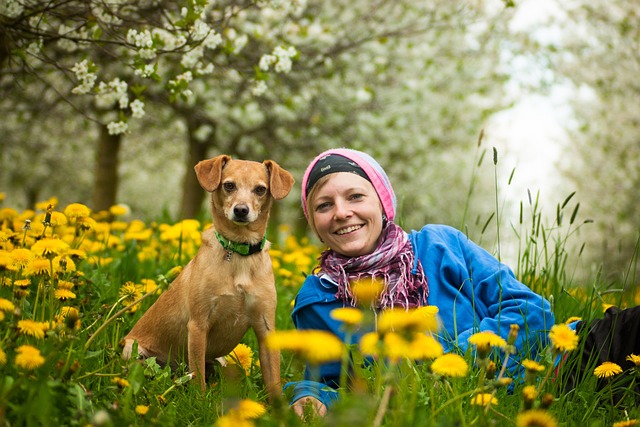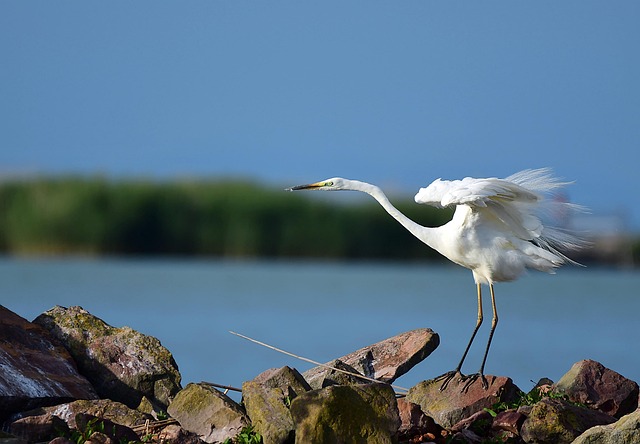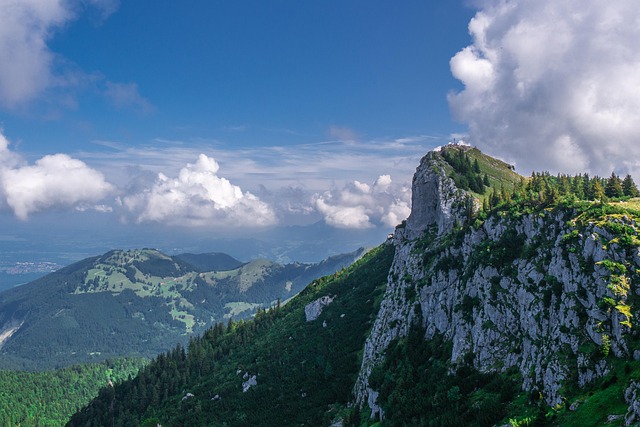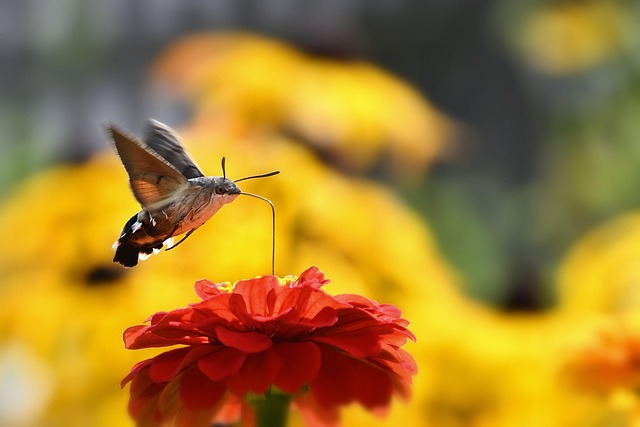Urban green spaces, including botanical gardens, family-friendly parks, nature reserves, and community gardens, are vital oases offering stress relief, sensory experiences, physical activity, social connection, and biodiversity. These spaces cater to diverse interests with scenic landscapes for recreation, dog-friendly areas for interaction, and inclusive designs promoting mental resilience, community bonding, and environmental appreciation in urban environments. Community gardens, revitalizing urban areas, foster sustainable living, social engagement, and stronger neighborhoods through shared green spaces.
Urban green spaces are essential oases in the concrete jungles of modern cities. This article explores the multifaceted benefits of these natural retreats for mental health and well-being. From designing family-friendly parks with playgrounds to preserving biodiversity in nature reserves, enhancing city aesthetics with scenic landscapes, and fostering community through shared gardens, these spaces offer something for everyone. Additionally, we delve into dog-friendly parks as popular destinations for pet owners. Discover how green spaces transform urban life, promote sustainability, and create thriving communities.
- The Benefits of Urban Green Spaces for Mental Health and Well-being
- Designing Family-Friendly Parks: Playgrounds and Beyond
- Nature Reserves as Urban Sanctuaries: Preserving Biodiversity
- Scenic Landscapes in the City: Enhancing Visual Appeal and Recreation
- Community Gardens: Cultivating Social Connections and Sustainable Living
The Benefits of Urban Green Spaces for Mental Health and Well-being

Urban green spaces offer a sanctuary for city dwellers, providing numerous benefits for mental health and overall well-being. These natural oases within urban environments promote relaxation and stress relief, allowing individuals to reconnect with nature despite their proximity to busy streets and towering buildings. Botanical gardens, with their curated collections of plants and flowers, provide sensory experiences that uplift the spirits. Family-friendly parks offer spaces for children to play and explore, fostering bonding between generations while encouraging physical activity.
Nature reserves, often featuring diverse ecosystems and scenic landscapes, serve as outdoor classrooms, inspiring curiosity about the natural world. Community gardens encourage residents to come together, fostering social connections and a sense of belonging. Dog-friendly parks not only cater to pet owners’ needs but also contribute to a more active lifestyle for both humans and their furry companions. These green spaces enhance air quality, provide habitats for local wildlife, and offer opportunities for mindfulness practices, all of which are essential for maintaining mental resilience in urban settings.
Designing Family-Friendly Parks: Playgrounds and Beyond
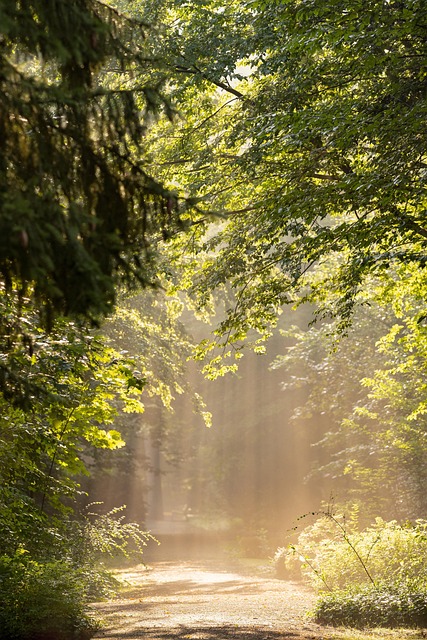
When designing urban green spaces, incorporating family-friendly elements is key to creating a haven for all residents. Playgrounds are essential, offering children safe and stimulating environments to play and learn, but designers can go beyond traditional equipment. Incorporating natural features like small gardens, water features, or even simple tree houses can enhance the appeal for different age groups. Family-friendly parks can also cater to pet owners with designated dog areas, encouraging outdoor activities for both humans and their furry companions.
Beyond playgrounds, community gardens provide an opportunity for families to connect with nature and each other. These green spaces can be designed with diverse flora, including native species, to attract local wildlife and create a peaceful atmosphere. By blending elements of botanical gardens, nature reserves, and scenic landscapes, urban designers can craft vibrant oases that foster relaxation, encourage physical activity, and strengthen community bonds.
Nature Reserves as Urban Sanctuaries: Preserving Biodiversity
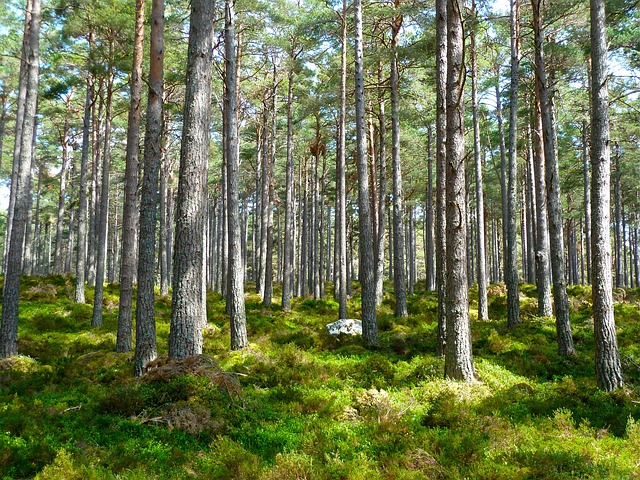
Nature Reserves play a pivotal role in urban areas as sanctuaries for both biodiversity and residents seeking tranquility. These preserves offer a diverse range of ecosystems, from lush botanical gardens to serene community gardens, catering to various interests and needs. For nature enthusiasts, they provide a haven where rare plant species and wildlife thrive, fostering an appreciation for the natural world.
Family-friendly parks within these reserves create opportunities for intergenerational connections with nature. Scenic landscapes encourage outdoor activities like birdwatching, photography, or simply strolling through verdant paths. Moreover, dog-friendly areas allow pet owners to relax and socialize while their canine companions enjoy open spaces, contributing to a sense of community amidst the urban landscape.
Scenic Landscapes in the City: Enhancing Visual Appeal and Recreation

Urban green spaces, such as botanical gardens and nature reserves, play a pivotal role in enhancing cityscapes and providing much-needed respite for residents and visitors alike. These oases within the concrete jungle offer more than just aesthetic appeal; they transform urban environments into vibrant, scenic landscapes that cater to diverse interests. Family-friendly parks, with their well-manicured paths and open spaces, encourage outdoor recreation and foster connections within communities. Community gardens, on the other hand, empower locals by providing a green thumbing platform where individuals can cultivate plants and connect with nature.
Furthermore, dog-friendly parks cater to pet owners, creating inclusive environments that promote physical activity for both humans and their furry companions. The incorporation of these green spaces not only adds visual allure but also contributes to improved mental well-being, offering a peaceful sanctuary from the hustle and bustle of city life.
Community Gardens: Cultivating Social Connections and Sustainable Living
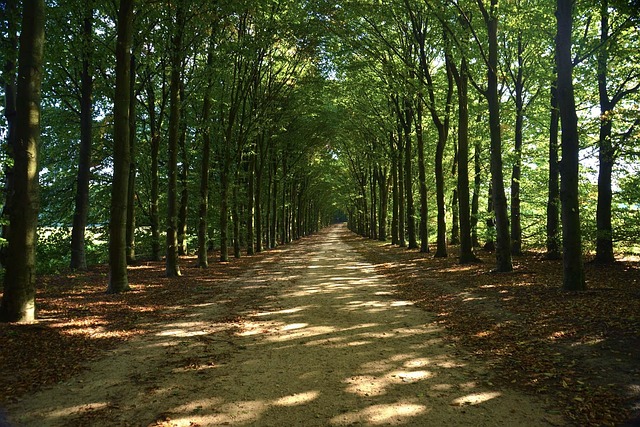
Community gardens are transforming urban spaces into vibrant oases where residents can connect with nature and each other. These shared green spaces encourage sustainable living practices by providing a place to grow fresh produce, learn about botany, and celebrate the beauty of seasonal changes. Beyond fostering environmental stewardship, community gardens create opportunities for social engagement and build stronger, more connected neighborhoods. Families can enjoy picnicking under the canopy of mature trees, while children discover the wonders of nature through interactive play.
The design of these green sanctuaries often incorporates elements from traditional botanical gardens, showcasing a diverse array of plant life. From flowering perennials to edible herbs, community gardens offer a sensory experience that captivates visitors. Moreover, by incorporating dog-friendly areas, these spaces cater to pet owners, promoting a healthy balance between urban living and the therapeutic benefits of nature. Scenic landscapes within community gardens provide peaceful retreats, offering residents a respite from the hustle and bustle of city life.
